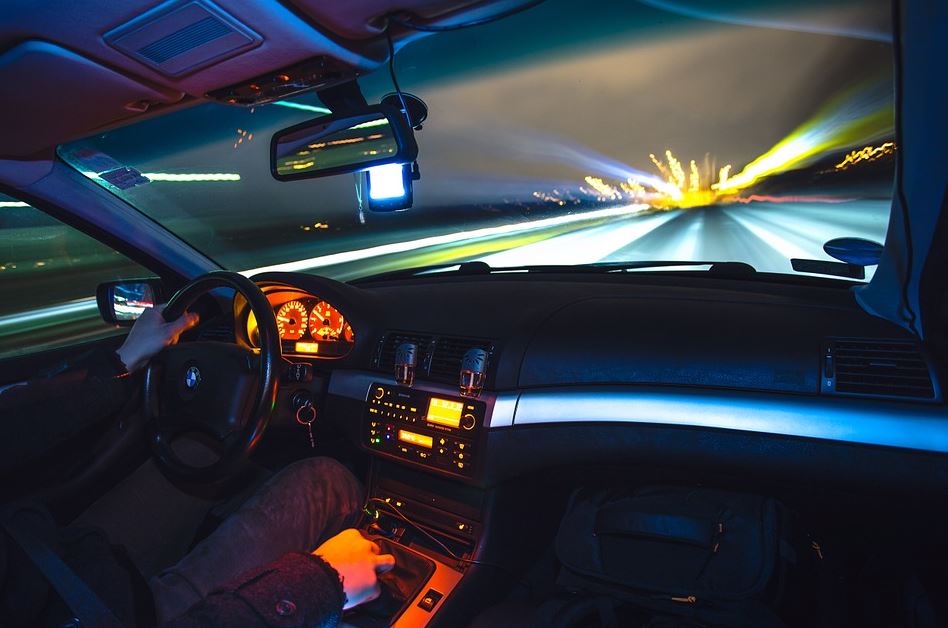11 Tips You Can Use While Driving That Might Save Your Life
You can’t control everything that happens on the roadway. Anyone who gets behind the wheel could become the victim of a crash that wasn’t their fault, and the result can be catastrophic.
“Few types of accidents are as serious as car crashes. The sudden impact of a collision can be fatal, and those lucky enough to survive can suffer from catastrophic injuries,” warns an article from the law offices of Crain Lewis Brogdon, LLP, in Austin.
Crain Lewis Brogdon strives to help car accident victims move forward with their lives, but the legal team would rather see everyone on the road stay as safe as possible. The best way to do that is to adhere to basic safety tips while you’re behind the wheel.
Here are 11 simple things any driver can do that might one day just save your life.
- Stay Awake
Several studies have shown that over-tired drivers can be as dangerous as drunk drivers. It’s critical for you to stay alert and wide awake behind the wheel. If you’re tired, ask someone else to drive, or pull over at a well-lit rest stop and get some rest before resuming your journey.
- Know the Rules
It’s probably been a while since you took driver’s ed. Chances are you don’t remember all the rules of the road. It’s a smart idea to brush up on the rules every few years or so, and remind yourself of the meaning of various caution signs as well as play it safe at intersections. These roadway rules are in place to keep everyone safe.
- Carry Escape Gear
In the unlikely event that you get trapped in your vehicle after a collision, and it’s not safe to stay (such as in the event of fire or water), it’s a good idea to carry an escape gadget. This simple tool can slice through a seat belt quickly and efficiently as well as shatter your windshield so you can exit the vehicle if your life may be in danger. Best of all, it’s a keychain, so it’s easy to reach and use in an emergency.
- Pack an Emergency Kit
If your car breaks down in a remote area, you’ll be glad you packed an emergency kit filled with essentials. You can buy pre-packaged emergency kits at the store or make one yourself. It should include jumper cables, a first-aid kit, emergency blankets, water bottles, gloves, a pocketknife, and any other basic items you believe would be handy in an emergency.
- Put Your Phone Away
Nearly half a million drivers in the United States admit to using their phones frequently when they drive. Since distracted driving (which certainly includes cell phone use) is the number-one cause of crashes now, you can stay much safer by putting your phone out of reach.
- Have a Plan When You’re Out Drinking
Don’t go anywhere there might be alcohol without a plan for getting home. You might choose a designated driver in your group or carry the number of a taxi company so you can keep yourself and other drivers safe on your way home.
- Follow the Speed Limit
Speed limits are posted for a reason: Exceeding them can create dangerous circumstances. As you accelerate, your kinetic energy increases. If you were to hit something while driving too fast, the impact would be far worse than at the posted speed limit.
- Take a Defensive Stance
The best drivers always drive defensively rather than aggressively. This means they keep their distance from other cars, regularly check their blind spots, come to a full stop at traffic signals and signed intersections, watch for pedestrians, and are prepared to react if another driver makes an unexpected move. Many collisions have been prevented because one driver was prepared for the careless behavior of others.
- Know Your Blind Spots—and Those of Other Drivers
Every vehicle has unique blind spots that its mirrors and forward vision don’t cover. For the most, it’s the space toward the back of the vehicle on either side.
An entire vehicle can “hide” in that space if you only use your mirrors. Also, remember that large vehicles such as semis have huge blind spots of their own.
As you’re passing them, they may not be able to see you. They also can’t see you if you’re too close to their front or back bumper. If you can’t spot the driver in his or her mirror (especially if you can’t see the mirror), then that driver can’t see you.
- Understand Weather-Safe Driving
Brush up on proper protocol for driving in uncertain weather conditions. Know what to do in rain, ice, sleet, blizzards, tornadoes, and other unsafe weather. This education will help you act appropriately and potentially save your life!
- Maintain Your Vehicle
Many crashes could be avoided if all vehicles were properly maintained. For example, accidents related to bald or under-inflated tires cause more than 19,000 injuries every year.
Such tires can blow out while you’re driving at high speed, which will cause you to lose control of your vehicle and even flip it. You might also be unable to stop in time because bald tires don’t have enough grip.
Proper maintenance is key to preventing a serious accident every time you’re on the road.

